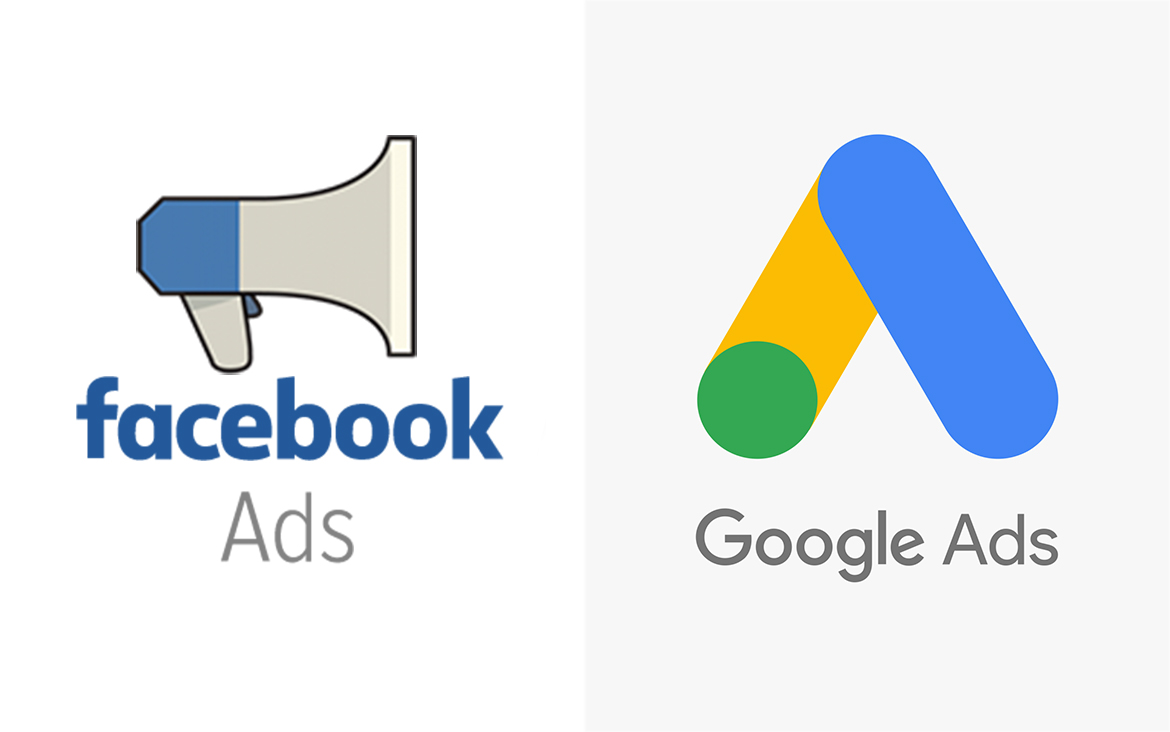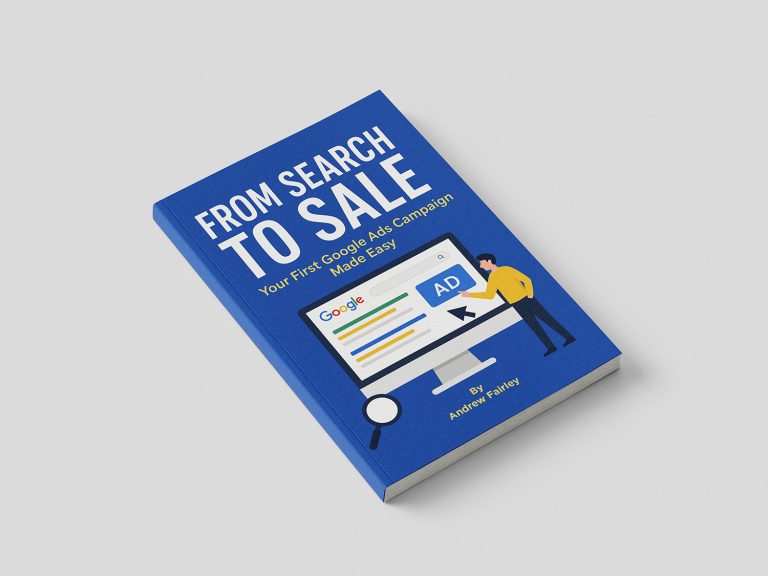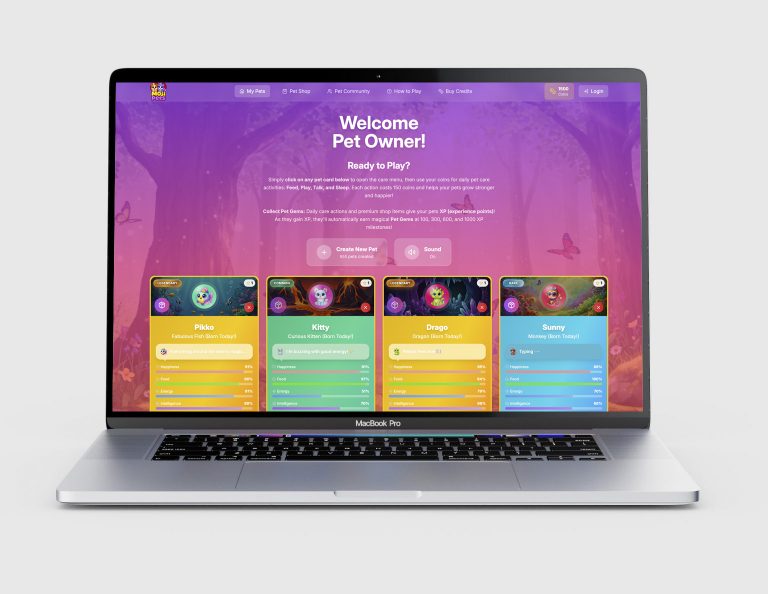In the ever-evolving world of digital marketing, Google PPC (Pay-Per-Click) and Facebook Ads are two of the most powerful advertising platforms available. While both can drive traffic and conversions, they serve distinct purposes and attract different types of audiences.
Google PPC is intent-driven, meaning users actively search for products or services, making them more likely to convert. Facebook Ads, on the other hand, focus on brand awareness and trust-building, targeting users based on interests and behaviours rather than immediate purchase intent.
This blog will explore the key differences between Google PPC and Facebook Ads, their best use cases, and how businesses can leverage both to create a balanced digital marketing strategy.
Google PPC: Capturing High-Intent Audiences
How Google PPC Works
Google PPC operates on a search-based advertising model, where businesses bid on keywords to display ads on Google’s search results pages (SERPs). When users search for a product or service, Google shows relevant ads based on their query.
Why Google PPC Attracts High-Intent Audiences
Google PPC is intent-driven, meaning users actively search for solutions. This makes them more likely to convert compared to passive social media users. For example:
- A user searching for “best running shoes for marathons” is likely ready to make a purchase.
- A user searching for “local plumbing services” has an immediate need and is looking for a provider.
Best Use Cases for Google PPC
Google PPC is ideal for:
- E-commerce businesses looking to drive direct sales.
- Local services targeting customers with urgent needs.
- B2B companies offering solutions to specific business problems.
- High-ticket items where users conduct extensive research before purchasing.
Advantages of Google PPC
✅ High conversion rates – Users are actively searching for solutions. ✅ Immediate results – Ads appear instantly when relevant searches occur. ✅ Precise targeting – Keywords ensure ads reach the right audience. ✅ Scalability – Businesses can adjust budgets based on performance.
Challenges of Google PPC
❌ Higher cost-per-click (CPC) – Competitive industries can drive up bidding costs. ❌ Requires optimisation – Poorly managed campaigns can waste budget. ❌ Limited brand awareness – Users only see ads when searching for specific terms.
Facebook Ads: Building Brand Awareness and Trust
How Facebook Ads Work
Facebook Ads operate on a social-based advertising model, where businesses target users based on demographics, interests, and behaviours. Ads appear in users’ feeds, even if they aren’t actively searching for a product or service.
Why Facebook Ads Focus on Brand Awareness
Unlike Google PPC, Facebook Ads interrupt users rather than responding to their searches. This makes them ideal for brand awareness and trust-building, as businesses can:
- Introduce their brand to new audiences.
- Engage users with compelling visuals and storytelling.
- Build long-term relationships through retargeting.
Best Use Cases for Facebook Ads
Facebook Ads are perfect for:
- Brand awareness campaigns to introduce new products.
- Community engagement through interactive content.
- Retargeting users who previously visited a website.
- Lifestyle brands that rely on emotional connections.
Advantages of Facebook Ads
✅ Lower CPC – Generally cheaper than Google PPC. ✅ Highly visual – Supports images, videos, and carousel ads. ✅ Advanced audience targeting – Uses behavioural data for precise segmentation. ✅ Great for storytelling – Builds emotional connections with users.
Challenges of Facebook Ads
❌ Lower purchase intent – Users aren’t actively searching for products. ❌ Requires strong creatives – Poor visuals can lead to low engagement. ❌ Algorithm dependency – Changes in Facebook’s algorithm can impact ad performance.
Google PPC vs Facebook Ads: Key Differences
| Feature | Google PPC | Facebook Ads |
|---|---|---|
| Audience Intent | High-intent users actively searching | Passive users browsing social media |
| Ad Placement | Search results pages | Newsfeeds, Stories, Messenger |
| Targeting | Keyword-based | Interest and behaviour-based |
| Conversion Rates | Higher due to intent | Lower but great for brand awareness |
| Cost | Higher CPC | Lower CPC but requires more impressions |
| Best For | Direct sales, lead generation | Brand awareness, engagement |
How to Use Google PPC and Facebook Ads Together
A balanced digital marketing strategy leverages both platforms effectively:
1. Use Google PPC for Immediate Conversions
- Target high-intent keywords to capture users ready to buy.
- Optimise landing pages for fast conversions.
- Focus on search and shopping ads for direct sales.
2. Use Facebook Ads for Brand Awareness and Retargeting
- Run engaging video ads to introduce your brand.
- Use retargeting campaigns to bring back website visitors.
- Build trust and credibility through storytelling.
3. Combine Both for Maximum Impact
- Start with Facebook Ads to build awareness.
- Use Google PPC to capture high-intent users.
- Retarget Google PPC visitors with Facebook Ads for brand reinforcement.
Final Thoughts
Both Google PPC and Facebook Ads play crucial roles in digital marketing. Google PPC excels at capturing high-intent users, making it ideal for direct sales and lead generation. Facebook Ads shine in brand awareness and trust-building, helping businesses create long-term relationships with their audience.
By understanding their unique strengths, businesses can craft a multi-channel strategy that maximises conversions while fostering brand loyalty.




